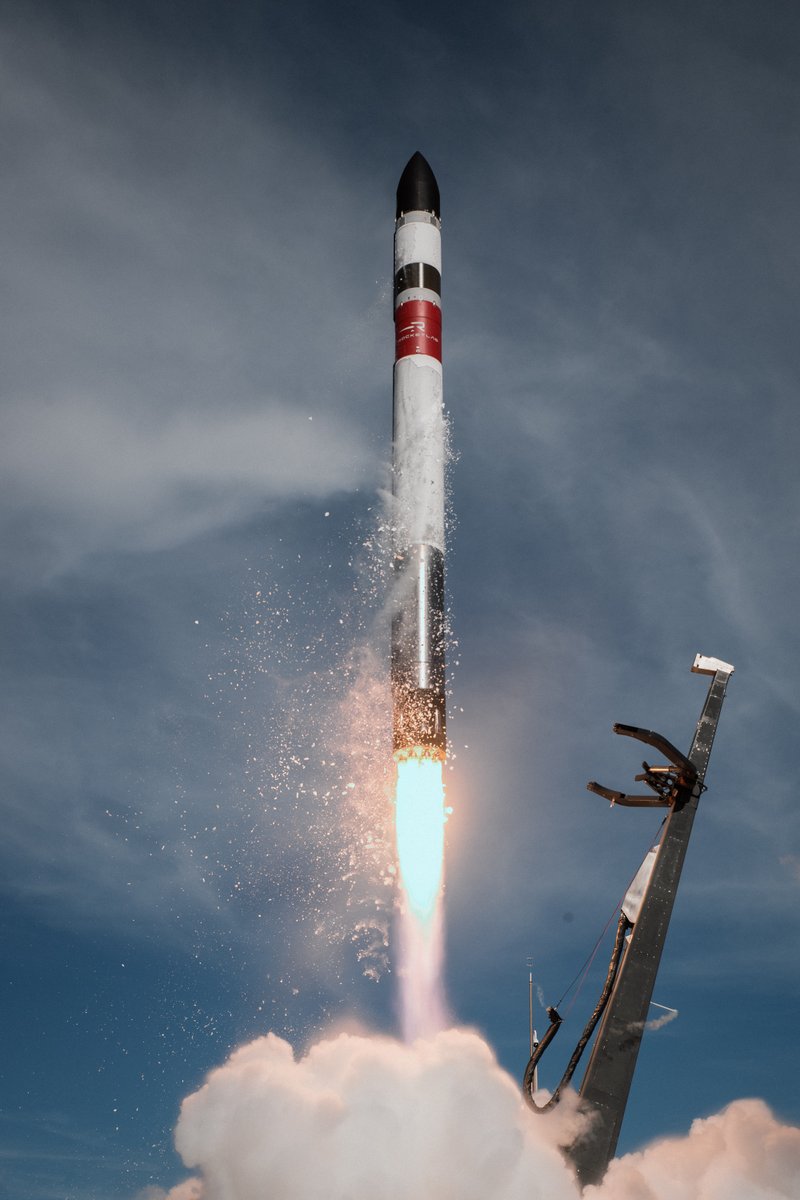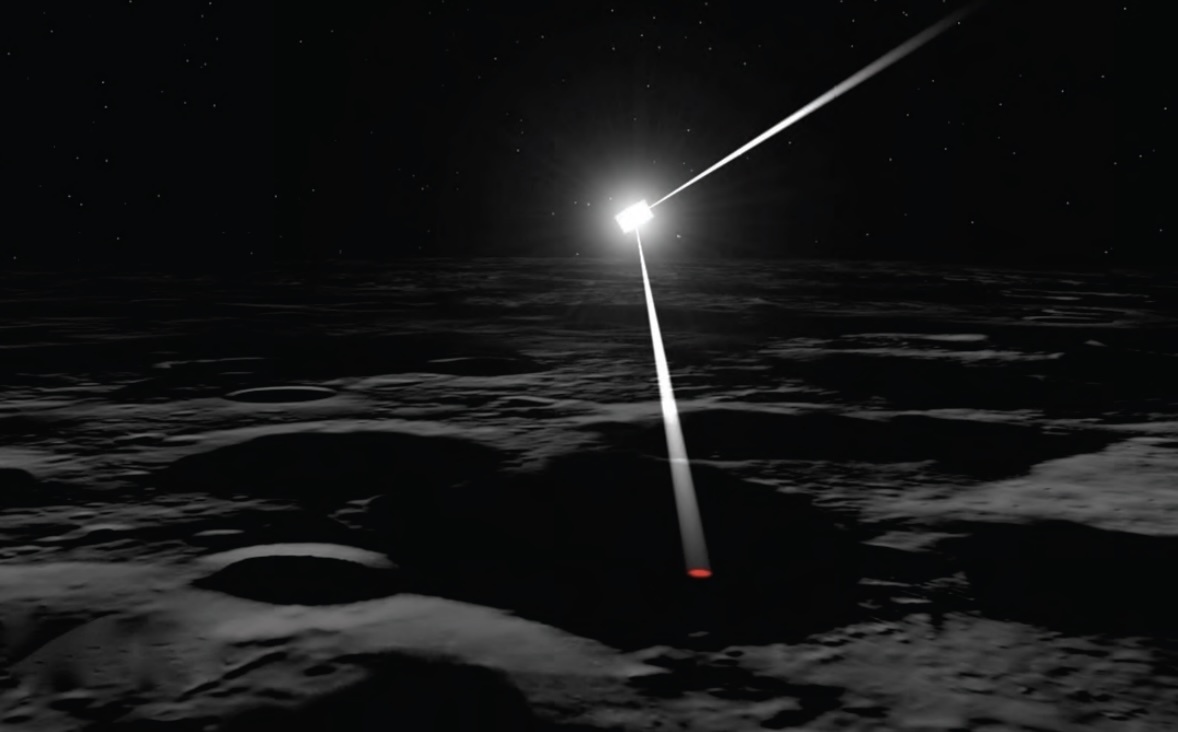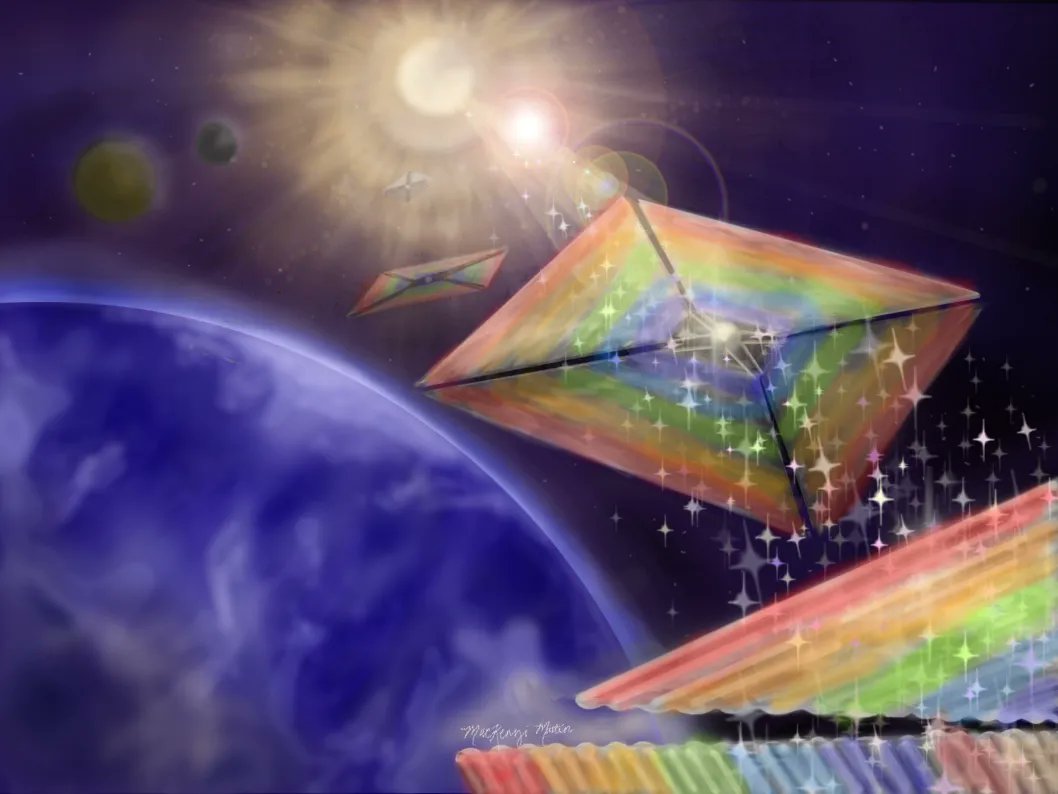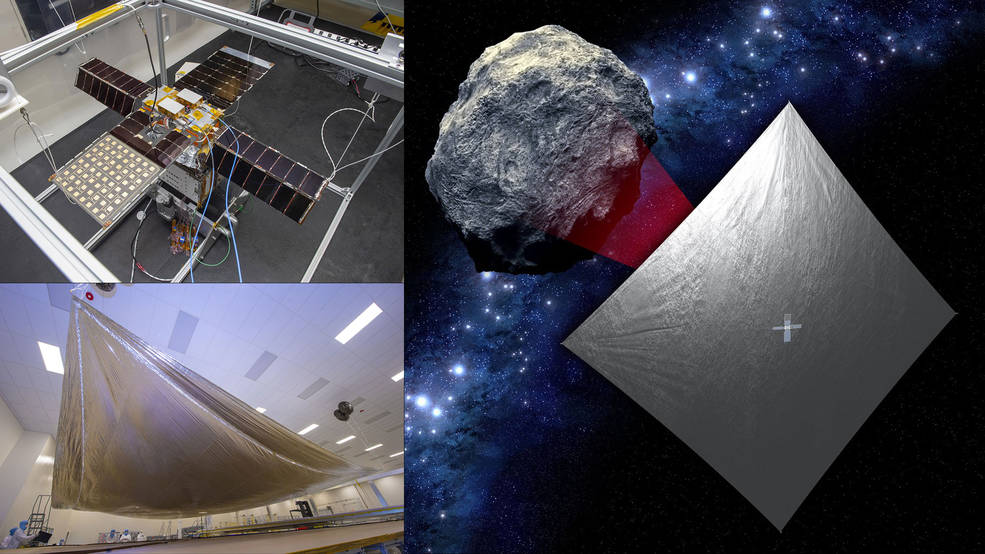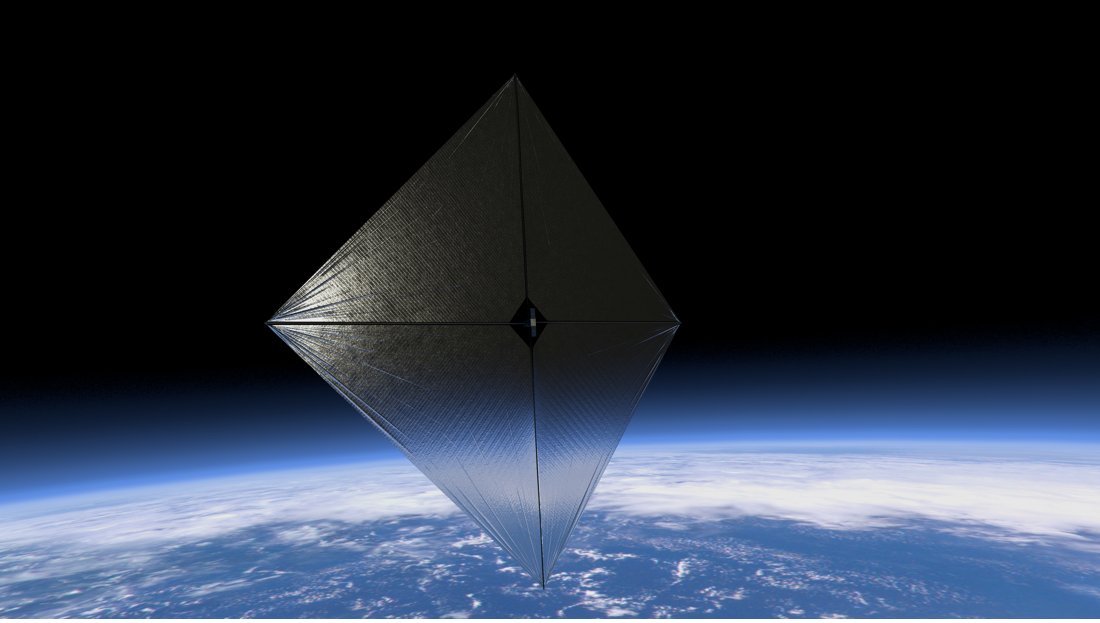Those of you following the Advanced Composite Solar Sail System may have heard that its booms and sail are now deployed. It is receiving light pressure from the Sun to propel it through the Solar System. Like a test pilot in a new aircraft, NASA are now testing out just how it handles. Before deployment, the spacecraft was slowly tumbling and now the controllers will see if they can get it under control and under sail power. The reflectivity of the sail means its an easy spot in the night sky, just fire up the NASA app to find out where to look.
Continue reading “NASA’s Putting its Solar Sail Through its Paces”Project Helianthus – a Solar Sail Driven Geomagnetic Storm Tracker
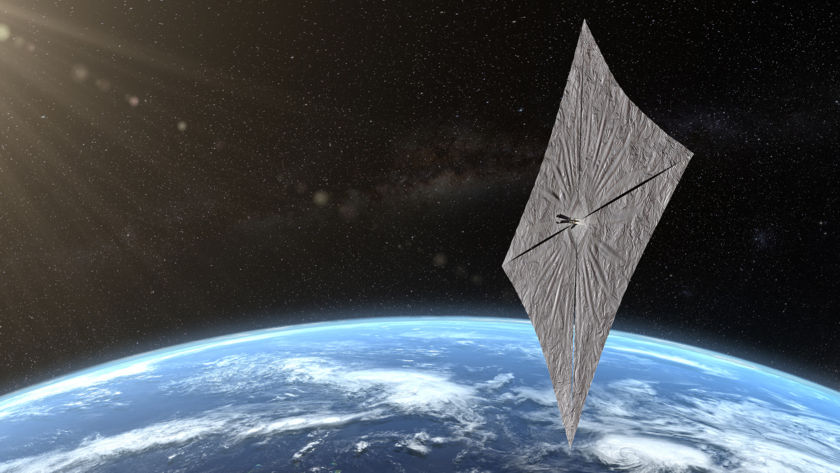
Solar storms captured the imagination of much of the American public earlier this year when auroras were visible well south of their typical northern areas. As the Sun ramps into another solar cycle, those storms will become more and more common, and the dangers they present to Earth’s infrastructure will continue to increase. Currently, most of our early warning systems only give us a few minutes warning about a potentially destructive impending geomagnetic storm event. So a team of researchers from Sapienza University in Rome and the Italian Space Agency proposed a plan to sail a series of detectors to a point out in space where they could give us an early warning. And they want those detectors to stay on station without rockets.
Continue reading “Project Helianthus – a Solar Sail Driven Geomagnetic Storm Tracker”NASA’s New Solar Sail Has Launched and Will Soon Deploy
Solar Sails are an enigmatic and majestic way to travel across the gulf of space. Drawing an analogy to the sail ships of the past, they are one of the most efficient ways of propelling craft in space. On Tuesday a RocketLab Electron rocket launched NASA’s new Advanced Composite Solar Sail System. It aims to test the deployment of large solar sails in low-earth orbit and on Wednesday, NASA confirmed everything is looking good for sail deployment
Continue reading “NASA’s New Solar Sail Has Launched and Will Soon Deploy”Mercury is the Perfect Destination for a Solar Sail
Solar sails rely upon pressure exerted by sunlight on large surfaces. Get the sail closer to the Sun and not surprisingly efficiency increases. A proposed new mission called Mercury Scout aims to take advantage of this to explore Mercury. The mission will map the Mercurian surface down to a resolution of 1 meter and, using the highly reflective sail surface to illuminate shadowed craters, could hunt for water deposits.
Continue reading “Mercury is the Perfect Destination for a Solar Sail”Solar Sails Could Reach Mars in Just 26 Days
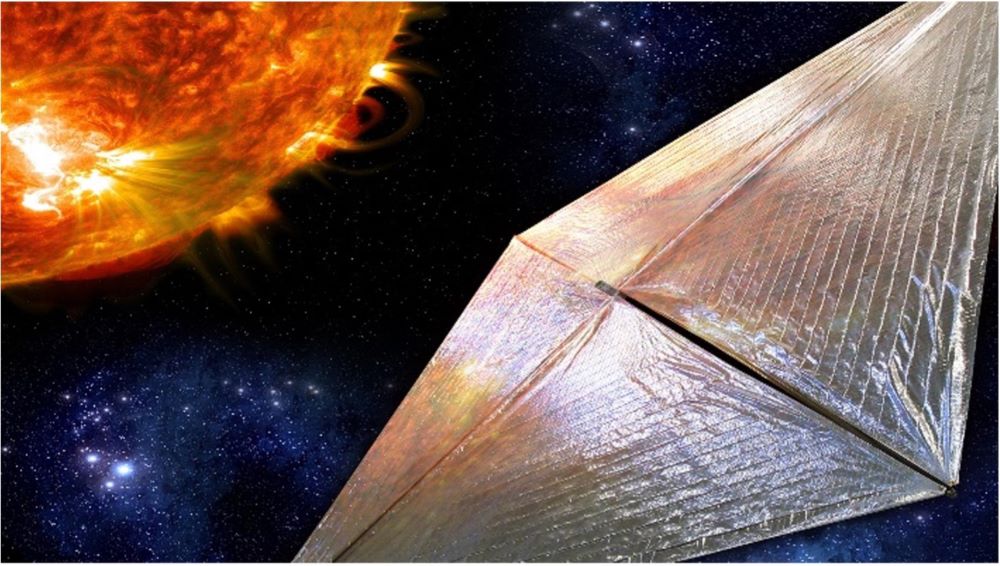
A recent study submitted to Acta Astronautica explores the potential for using aerographite solar sails for traveling to Mars and interstellar space, which could dramatically reduce both the time and fuel required for such missions. This study comes while ongoing research into the use of solar sails is being conducted by a plethora of organizations along with the successful LightSail2 mission by The Planetary Society, and holds the potential to develop faster and more efficient propulsion systems for long-term space missions.
Continue reading “Solar Sails Could Reach Mars in Just 26 Days”Are Chemical Rockets or Solar Sails Better to Return Resources from Asteroids?
If and when we ever get an asteroid mining industry off the ground, one of the most important decisions to be made in the structure of any asteroid mining mission would be how to get the resources back to where all of our other infrastructure is – somewhere around the Earth. That decision typically will focus on one of two propulsion methodologies – chemical rockets, such as those we already use to get us into space in the first place, or solar sails, which, while slower and unable to get us into orbit, don’t require any fuel. So, which propulsion methodology is better for these future missions? A study by researchers at the University of Glasgow looked at those two scenarios and came out with a clear-cut answer – solar sails.
Continue reading “Are Chemical Rockets or Solar Sails Better to Return Resources from Asteroids?”A new Kind of Solar Sail Could let us Explore Difficult Places to Reach in the Solar System
Solar sailing technology has been a dream of many for decades. The simple elegance of sailing on the light waves of the sun does have a dreamy aspect to it that has captured the imagination of engineers as well as writers. However, the practicalities of the amount of energy received compared to that needed to move useful payloads have brought those dreams back to reality. Now, a team led by Amber Dubill of John Hopkins University Applied Physics Laboratory and supported by the NASA Innovative Advanced Concepts (NIAC) program is developing new solar sail architecture that might have already found its killer app – heliophysics.
Continue reading “A new Kind of Solar Sail Could let us Explore Difficult Places to Reach in the Solar System”Tiny NEA Scout Solar Sail Mission to Chase Asteroid
NEA Scout will hitch a ride to an asteroid on the Artemis 1 Moon mission.
Tucked away on the long-awaited, historic launch of NASA’s Space Launch System (SLS) this April is a small, shoebox-sized mission mission that with use an innovative solar sail technology, to chase down a school-bus sized asteroid.
Continue reading “Tiny NEA Scout Solar Sail Mission to Chase Asteroid”LightSail 2 has Been Flying for 30 Months now, Paving the way for Future Solar Sail Missions
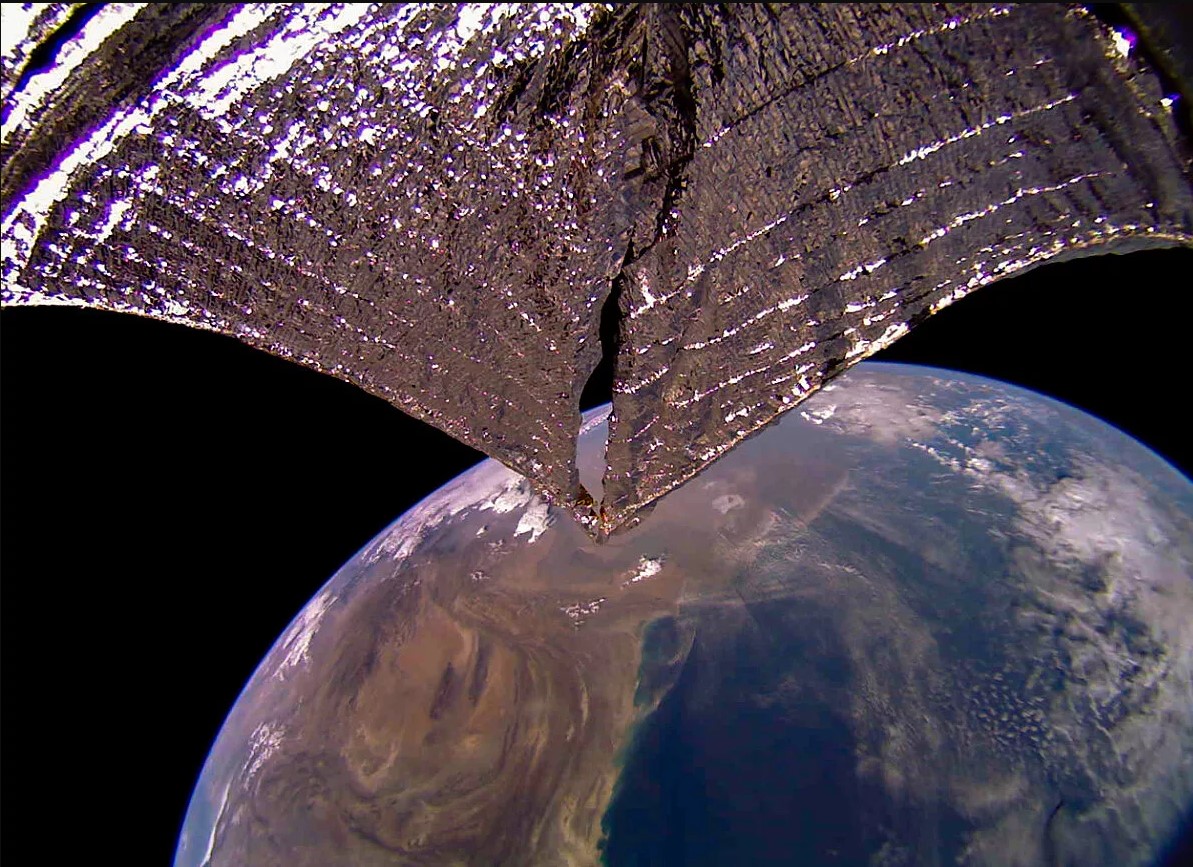
Even after 30 months in space, The Planetary Society’s LightSail 2 mission continues to successfully “sail on sunbeams” demonstrating solar sail technology in Earth orbit. The mission is providing hard data for future missions that hope to employ solar sails to explore the cosmos.
Continue reading “LightSail 2 has Been Flying for 30 Months now, Paving the way for Future Solar Sail Missions”NASA is Testing out new Composite Materials for Building Lightweight Solar Sail Supports
Space exploration is driven by technology – sometimes literally in the case of propulsion technologies. Solar sails are one of those propulsion technologies that has been getting a lot of attention lately. They have some obvious advantages, such as not requiring fuel, and their ability to last almost indefinitely. But they have some disadvantages too, not the least of which is how difficult they are to deploy in space. Now, a team from NASA’s Langley Research Center has developed a novel time of composite boom that they believe can help solve that weakness of solar sails, and they have a technology demonstration mission coming up next year to prove it.
Continue reading “NASA is Testing out new Composite Materials for Building Lightweight Solar Sail Supports”

